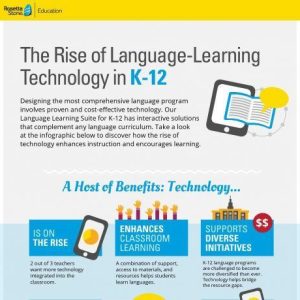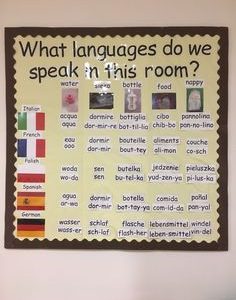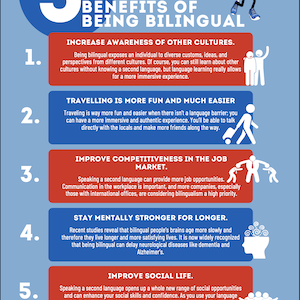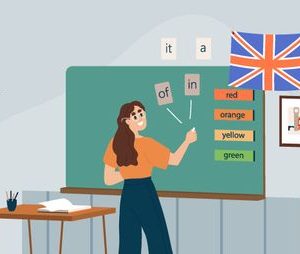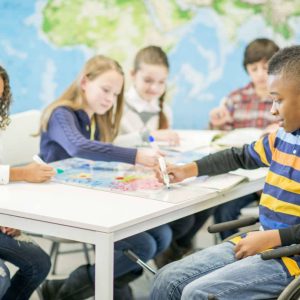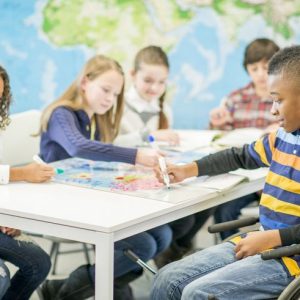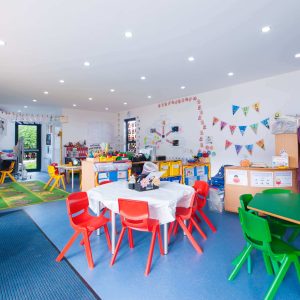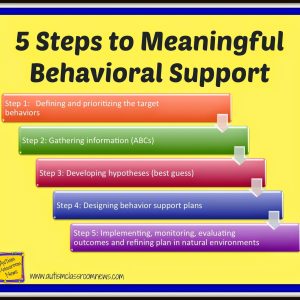Transition planning is a crucial part of the educational journey for students with disabilities. It involves preparing these students for life after high school, whether that be entering the workforce, pursuing further education, or living independently. In order to ensure a smooth transition, it is important for educators, parents, and students to work together to create a comprehensive plan that addresses the unique needs and goals of the individual.
Understanding the Transition Process
Transition planning typically begins when a student turns 14 and continues until they graduate from high school. During this time, the student, along with their IEP (Individualized Education Program) team, will identify their strengths, interests, and goals for the future. This information will inform the development of a transition plan that outlines the necessary supports and services to help the student achieve their post-secondary goals.
Setting Goals and Building Skills
One of the key components of transition planning is setting goals for the student’s post-secondary life. These goals can include finding and maintaining employment, pursuing further education, living independently, or a combination of these options. Once the goals are established, the team can work on building the skills and experiences needed to achieve them.
For example, if a student’s goal is to enter the workforce, they may participate in job shadowing opportunities, internships, or vocational training programs to gain hands-on experience in their desired field. If their goal is to attend college, they may work on developing their study skills, organization, and self-advocacy abilities to succeed in a higher education setting.
Collaborating with Community Resources
In addition to school-based supports, community resources can also play a valuable role in the transition planning process. Organizations such as vocational rehabilitation agencies, independent living centers, and disability advocacy groups can provide additional services and supports to help students with disabilities achieve their post-secondary goals.
By collaborating with these community resources, students can access a wider range of opportunities and supports that may not be available through the school system alone. This can help to create a more comprehensive and individualized transition plan that addresses the unique needs and goals of the student.
Monitoring Progress and Making Adjustments
Transition planning is an ongoing process that requires regular monitoring and adjustments as the student progresses towards their post-secondary goals. It is important for the student, their family, and the IEP team to regularly review the transition plan, assess the student’s progress, and make any necessary changes to ensure that they are on track to achieve their goals.
By regularly monitoring the student’s progress, the team can identify any challenges or barriers that may be impeding their success and make adjustments to the plan as needed. This may involve providing additional supports, modifying goals, or exploring new opportunities to help the student reach their full potential.
Conclusion
Transition planning is an essential part of preparing students with disabilities for life after high school. By setting goals, building skills, collaborating with community resources, and monitoring progress, students can develop the necessary tools and supports to achieve their post-secondary goals. With the help of educators, parents, and community partners, students with disabilities can successfully transition to the next phase of their lives with confidence and independence.
